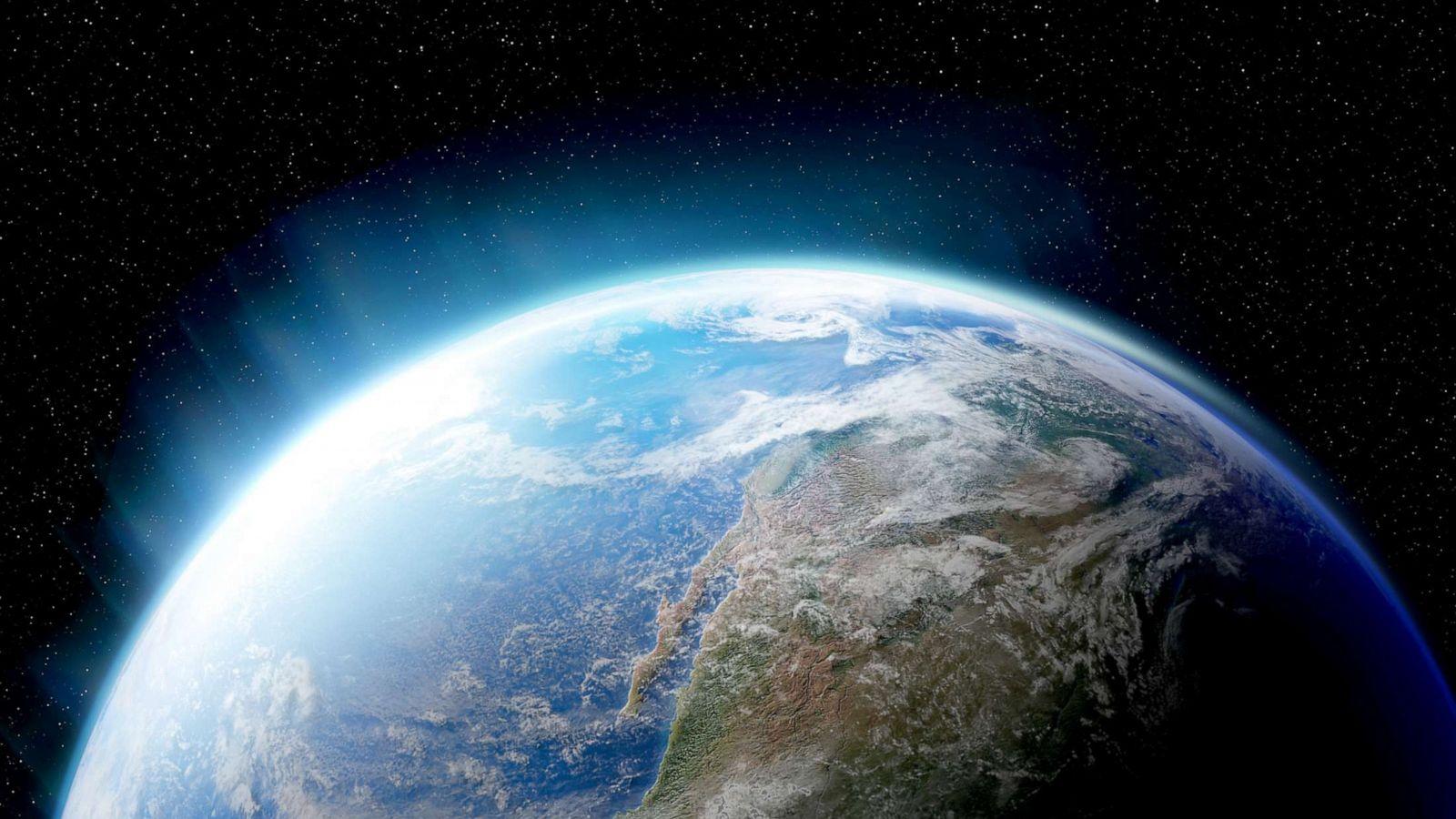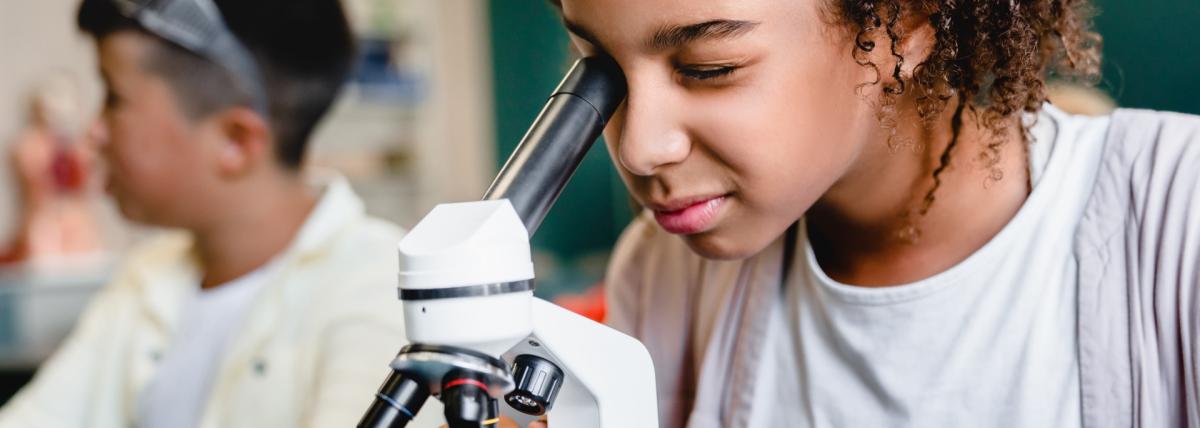
What Would Ben Franklin Do?
by Jocelyn Smerz
Blending Social Studies and Science with a focus on STEM principles. This lesson is one in a series of lessons examining Benjamin Franklin's contribution to science. Students learn about his inventions and how he used an evidence-based approach. In this lesson, students relate how he used mapping skills and scientific evidence to lead to his discovery of the Gulf Stream. Students will learn about the Gulf Stream and map its location. Students will design an experiment and create a thermometer as a tool Franklin would have used to gather evidence.
Lesson Plan Link/URL
https://docs.google.com/presentation/d/1Th4Rsv7JYvdrDnQF26nN1Ma_hU-1aaSm/edit?u…Subject Area
Science Earth and Space Science E1: Earth Systems Engineering S2: Apply the Engineering Design Process S4: Apply Science to Engineering English Language Arts (ELA) Reading (Informational Text) Speaking & Listening
Featured
Off
Related Content

Grades:
4th Grade, 5th Grade, 6th Grade
In this exciting lesson plan, students in grades 4-6 will immerse themselves in the world of "Percy Jackson and the Lightning Thief" by Rick Riordan to apply their creativity to construct a model

Grades:
5th Grade
The purpose of this lesson is to explore with students the mining process and the potential impacts humans have on ecosystems and their populations. Once completed students should have a deeper


